
Helen and Francis Zimmern Professor in Population Health, Chair of Epidemiology, School of Public Health, The University of Hong Kong
7 subscribers
How to get URL link on X (Twitter) App


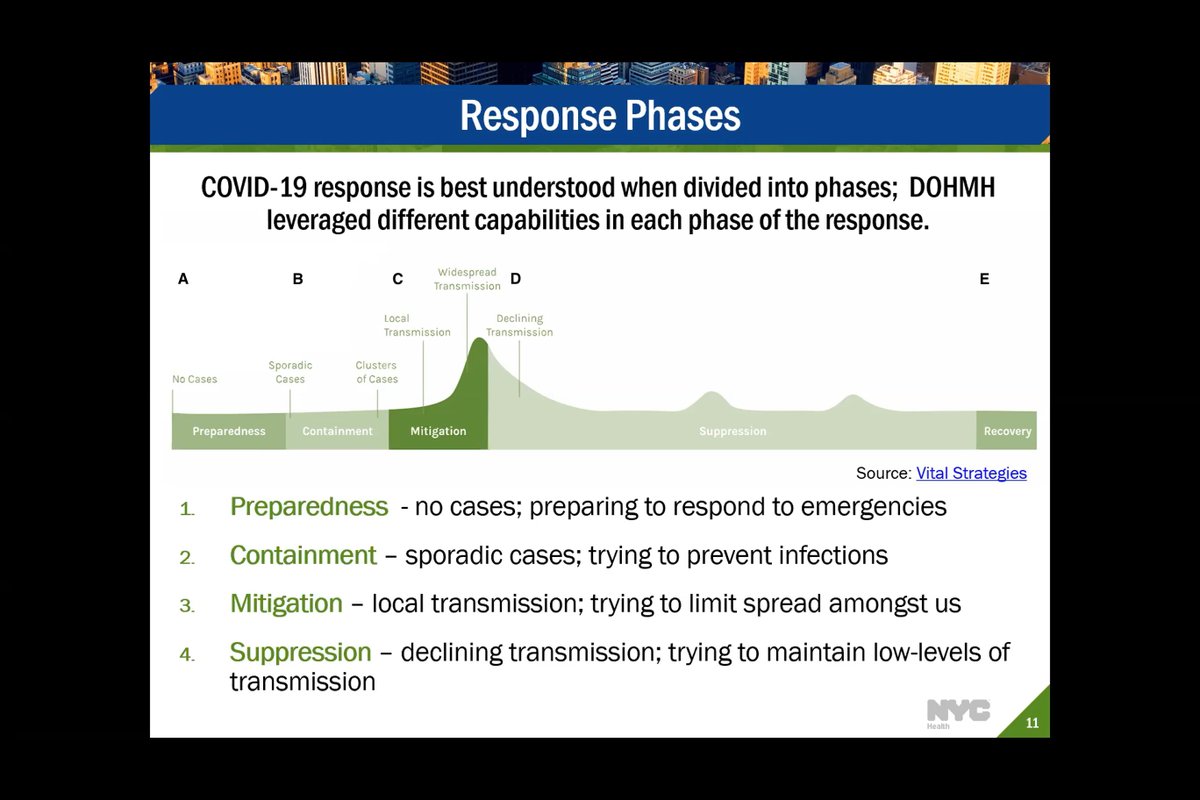

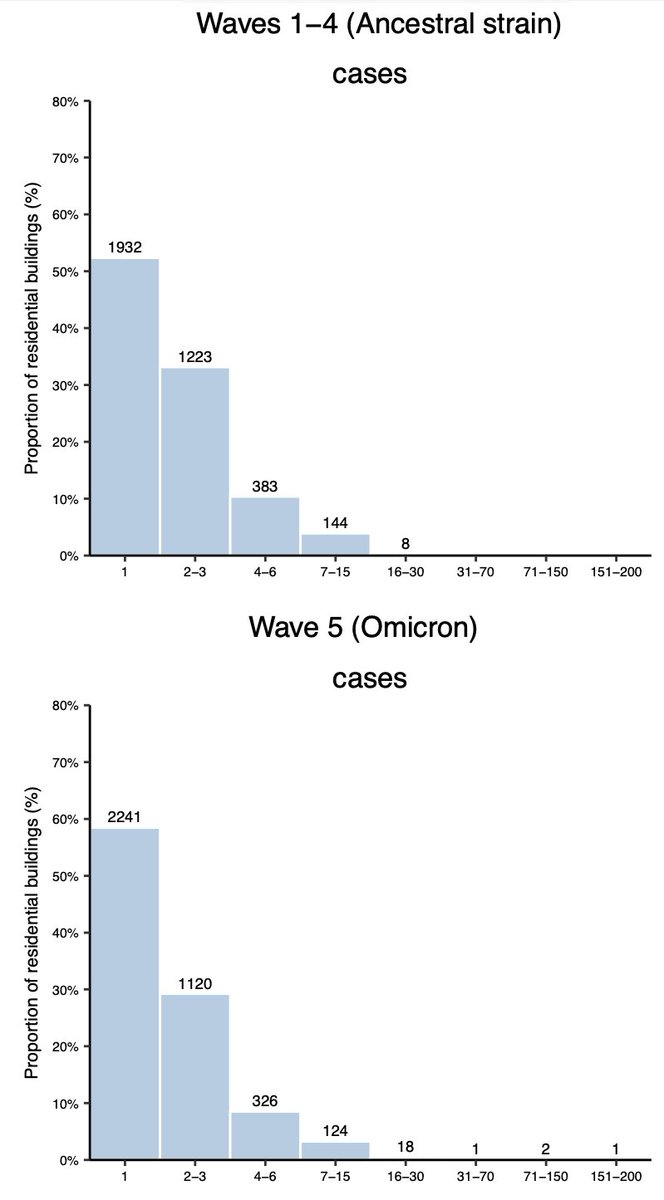
https://twitter.com/tripperhead/status/1579649147308998657In the previous 3+4 system, with tests on 0/2/4/6, positivity with low Ct value on d4 was very unlikely (would have had to be a long incubation period or a within-hotel transmission), and d6 positives were mostly ppl who were infected on d3-4 with a short incubation period (2/5)
https://twitter.com/bencowling88/status/1577584767112994816Healthcare settings and elderly homes should implement measures to minimise the frequency and impact of outbreaks of respiratory virus infections (including COVID and influenza), which could include staff masking and regular use of RATs by staff and patients/residents ... (2/6)


 Herd immunity to BA.2 under current public health measures has been reached by high incidence of BA.2 infections (providing strong long-lasting immunity against BA.2 re-infection) as well as transient protection against BA.2 infection from booster doses in some ppl ...(2/6)
Herd immunity to BA.2 under current public health measures has been reached by high incidence of BA.2 infections (providing strong long-lasting immunity against BA.2 re-infection) as well as transient protection against BA.2 infection from booster doses in some ppl ...(2/6)

https://twitter.com/bencowling88/status/1547410004831240192... the calculation is hinted at in this blog post ...
https://twitter.com/tripperhead/status/1547908219229462529


 ... cross-immunity against BA.2.12.1, BA.4 and BA.5 from infections in the large fifth wave with BA.2 earlier this year.
... cross-immunity against BA.2.12.1, BA.4 and BA.5 from infections in the large fifth wave with BA.2 earlier this year.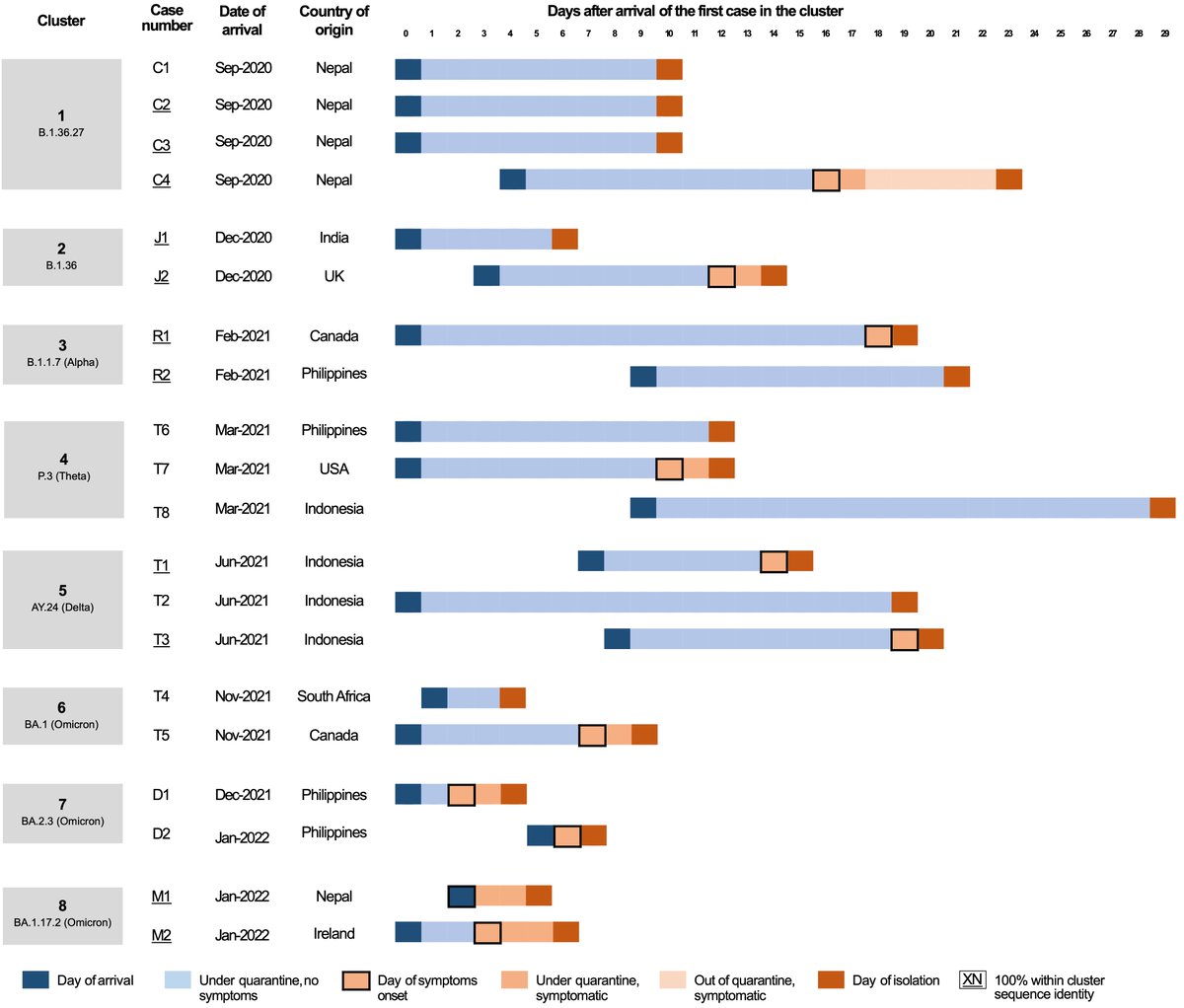
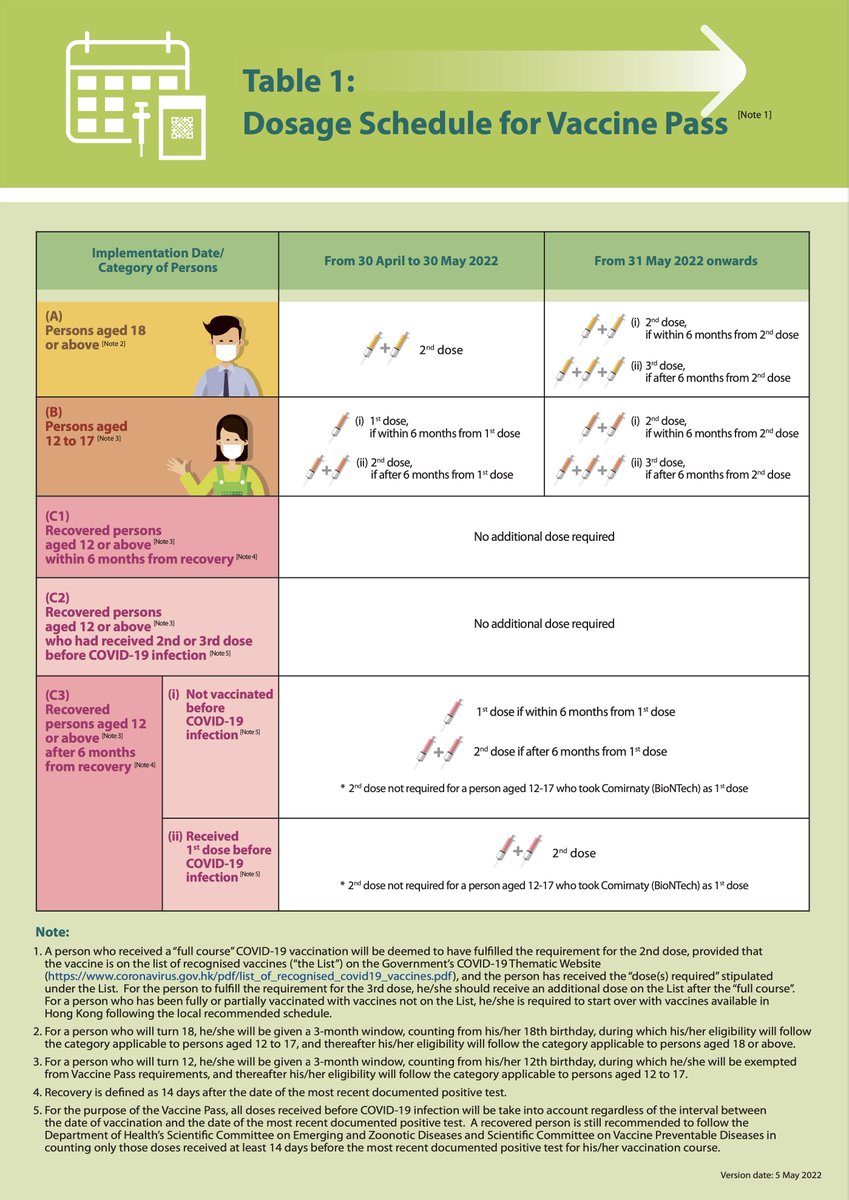

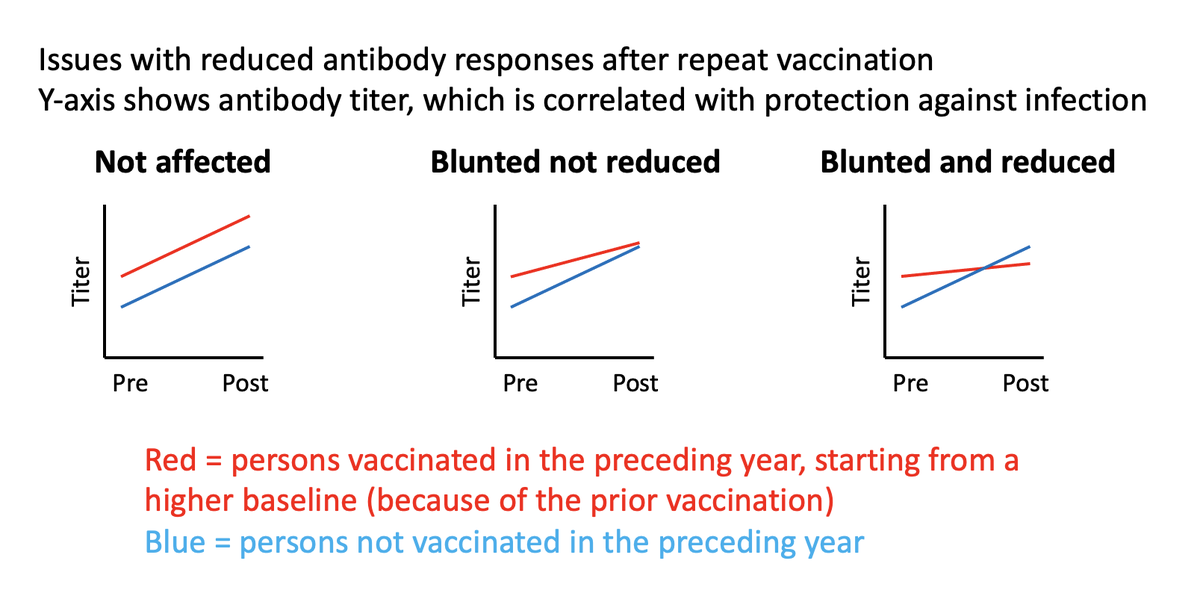
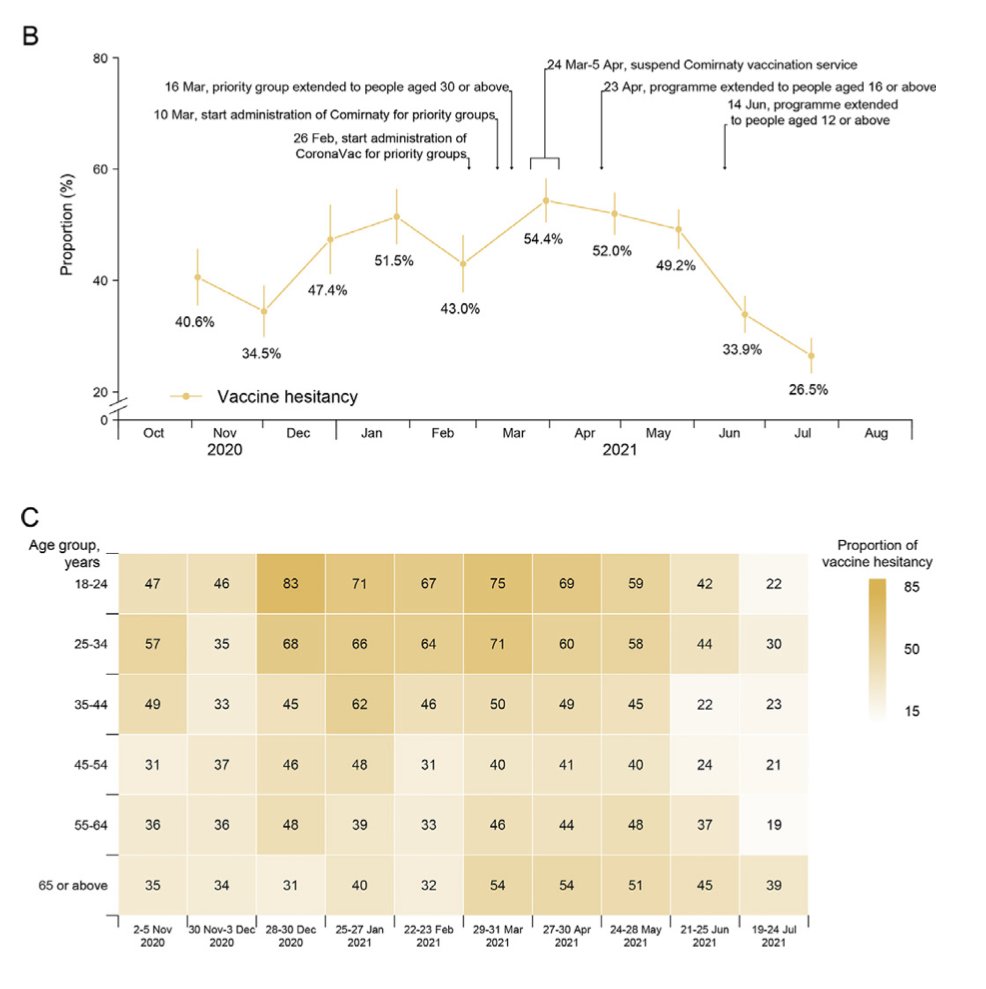

https://twitter.com/rthk_enews/status/1506513273427927040... if COVID vaccine coverage were low, and health officials were to explain why it needed to be high, while *other methods* to increase vaccination coverage had failed, I can see how there might be a rationale for considering ways to coerce vaccination ... (2/15)
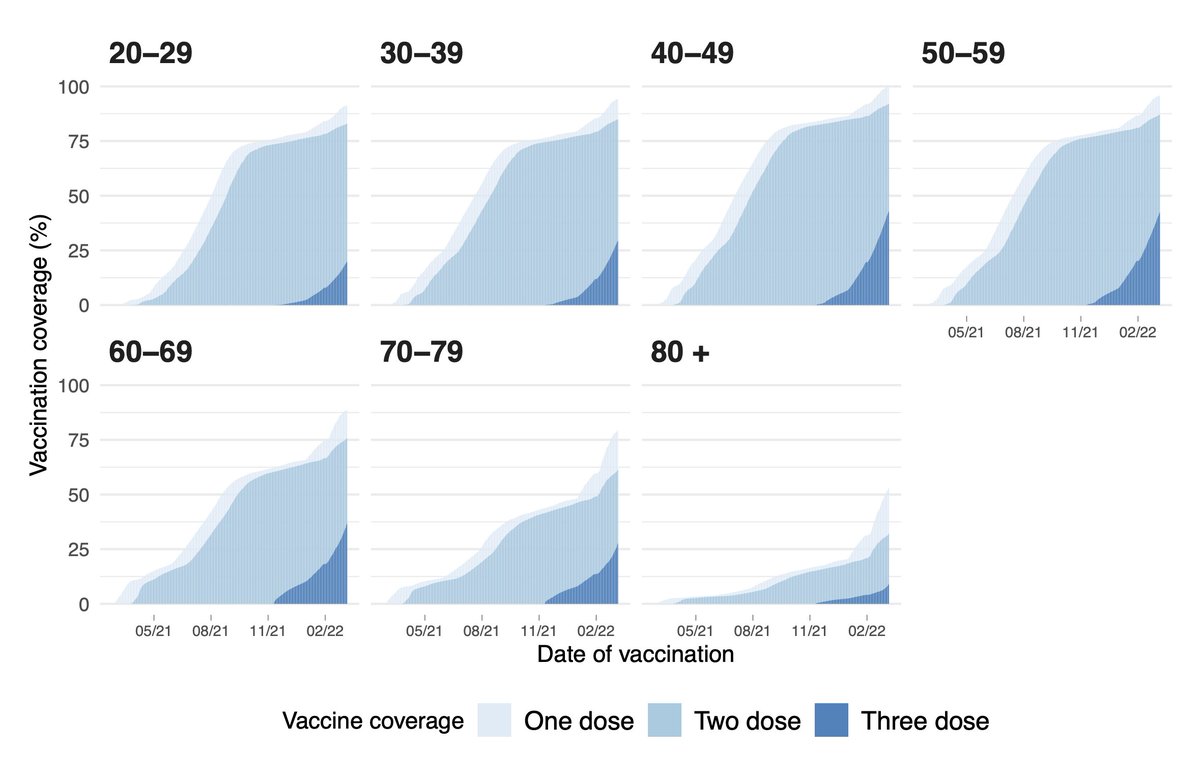

https://twitter.com/DrDOwens/status/1493538025292599296...
https://twitter.com/tripperhead/status/1494286929722245125
https://twitter.com/tripperhead/status/1480884332864495618I coauthored this article 5 months ago about the need for an exit strategy from ZeroCovid once vaccine coverage is high enough